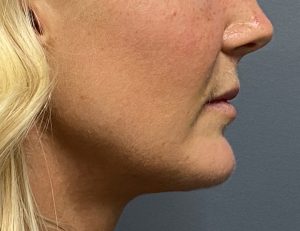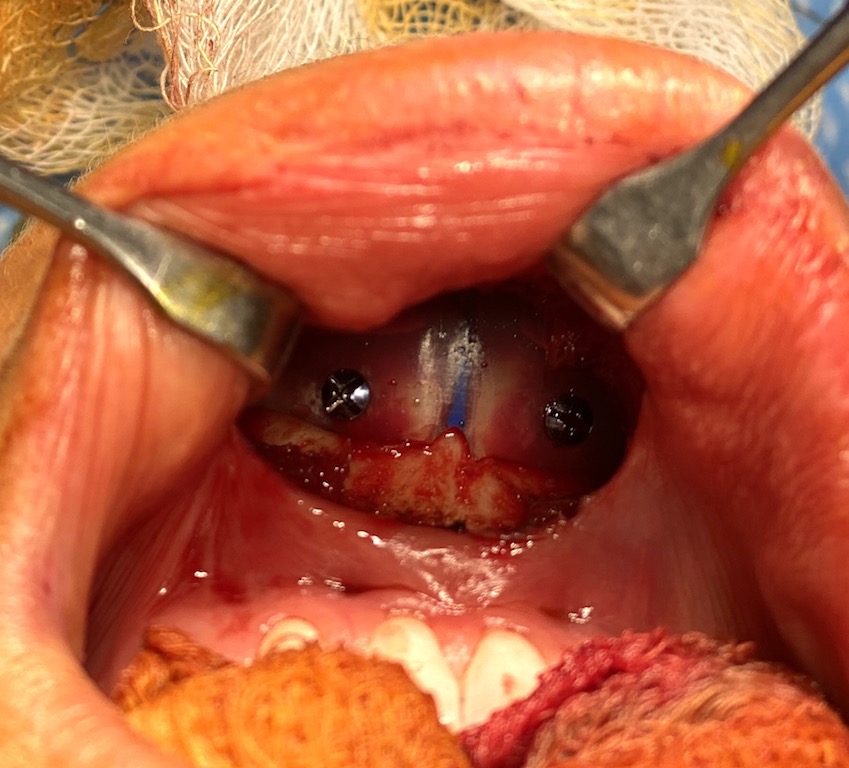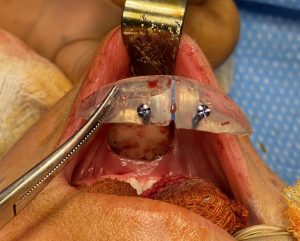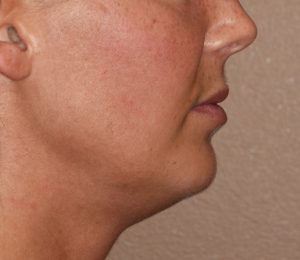Background: Chin implants are the most common surgical method of facial augmentation. Changing the projection of the singular chin point provides the most visible change to the lower third of the face. It has been stated that the chin implant provides the greatest value in aesthetic facial surgery in the shortest period of operative time.
Despite its aesthetic value and impact it is not a uniform successful primary procedure. Estimating how much projection is needed as well as the shape of the rest of the chin augmentation is not an exact science. There are numerous factors that affect how the patient sees the result from preoperative patient-doctor communication, intraoperative placement of the implant, as well as how the patient adapts to the chin shape changes.
As a result the patient’s desire to change out a chin implant is not rare. Too big, too small, asymmetric, too low, too high and too wide are all reasons for secondary chin implant surgery. The advantage of the initial chin implant is that at least one knows what it does based on its style and size which provides significant guidance in what type of chin implant replacement would be better.
Case Study: This female had a prior chin implant which she felt was inadequate in horizontal projection and ws not placed low enough on the bone. It was placed through an intraoral incision. She also had a poor neck shape which was not addressed during her first surgery.


Case Highlights:
1) Chin implant replacements/modifications are usually done in females due to some aspect of ‘overcorrection’. Undercorrection changes are much less common.
2) Intraoral chin implant placements require screw fixation to prevent implant malposition.
3) Submental/jawline liposuction provides a good complement to chin augmentation. Rarely does it produce a great jawline result but occasionally an improved jawline appearance may occur.
Dr. Barry Eppley
Indianapolis, Indiana





